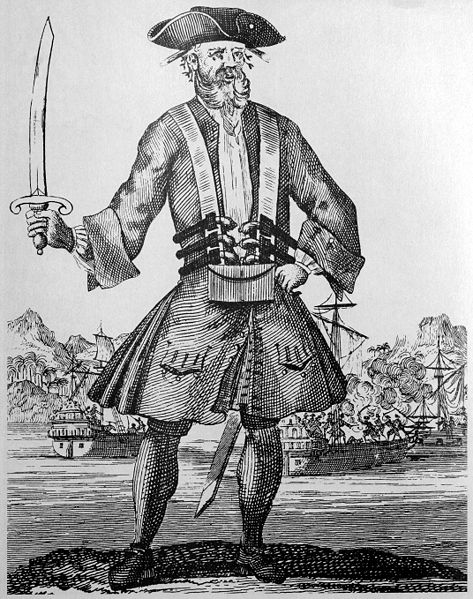Joint Announcement From The U.S. Departments Of State And Homeland Security On Passport Card Production
Release Date: July 22, 2008
For Immediate Release
Office of the Press Secretary
Contact: 202-282-8010
The U.S. Department of State and the U.S. Department of Homeland Security (DHS) announced today that the new U.S. Passport Card is in full production and is now being distributed. The Passport Card is a convenient, wallet-sized document for land and sea travel between the United States and Mexico, Canada, the Caribbean, and Bermuda. It is not valid for international travel by air.
Beginning in June 2009, travelers will be required to present a single Western Hemisphere Travel Initiative-compliant document denoting both citizenship and identity when entering the United States through a land or sea border.
More than 350,000 Americans pre-ordered the U.S. Passport Cards since the State Department began taking orders on February 1. Over 7,600 cards have already been mailed to advance customers, and all pre-orders are expected to be filled by September 30, 2008. After that initial distribution, the processing time for passport cards should be the same as for passport books – less than four weeks. Customers will be able to track the progress of their passport card application online beginning in mid-August.
The passport card will facilitate the frequent travel of Americans living in border communities by utilizing a vicinity-read radio frequency identification (RFID) chip. With this technology, DHS' U.S. Customs and Border Protection officers will be able to access photographs and other biographical information stored in secure government databases before the traveler reaches the inspection booth so that inspection can be facilitated. For privacy protection, no personal information is stored on the electronic chip itself. The chip will have only a unique number pointing to a stored record contained in secure government databases.
"We are pleased to offer Americans a choice of documents, the traditional passport book, and now the passport card, to meet their personal needs for international travel," said Assistant Secretary of State for Consular Affairs Janice L. Jacobs. "The passport card is the newest addition to the Department's long history of providing secure, reliable services to the American traveling public."
"We have been working closely with the U.S. Department of State to be able to provide another type of secure identification that is vital to protecting our nation's borders" said Homeland Security Assistant Secretary for Policy Stewart Baker. "The new passport cards will help facilitate legitimate travel while allowing our frontline personnel to focus more on those who may pose a threat."
The Passport Card is available for $45 for first-time adult applicants and $35 for children under 16. Adults who currently have valid passports can apply for the passport card by mail for $20.
Information on how to apply for a U.S. Passport Card or the traditional passport book is at travel.state.gov.
